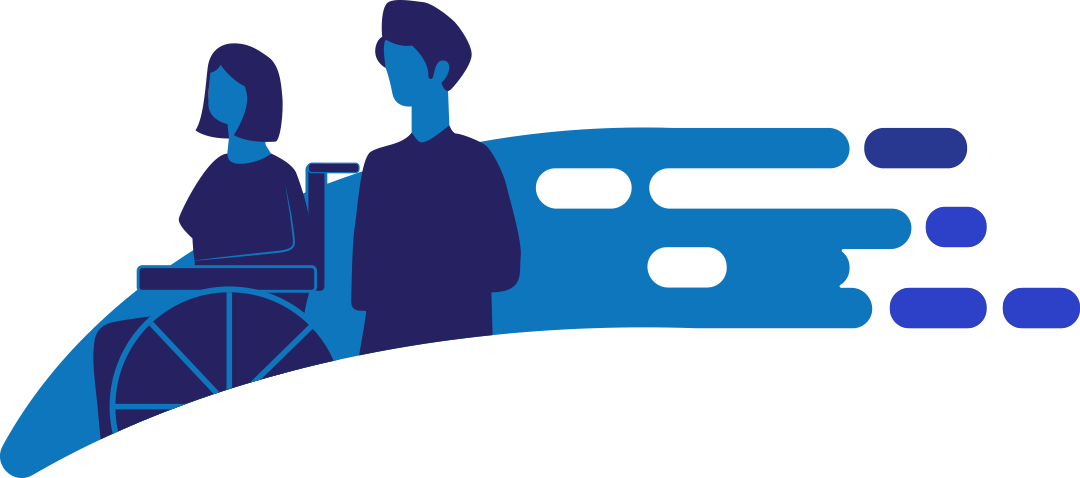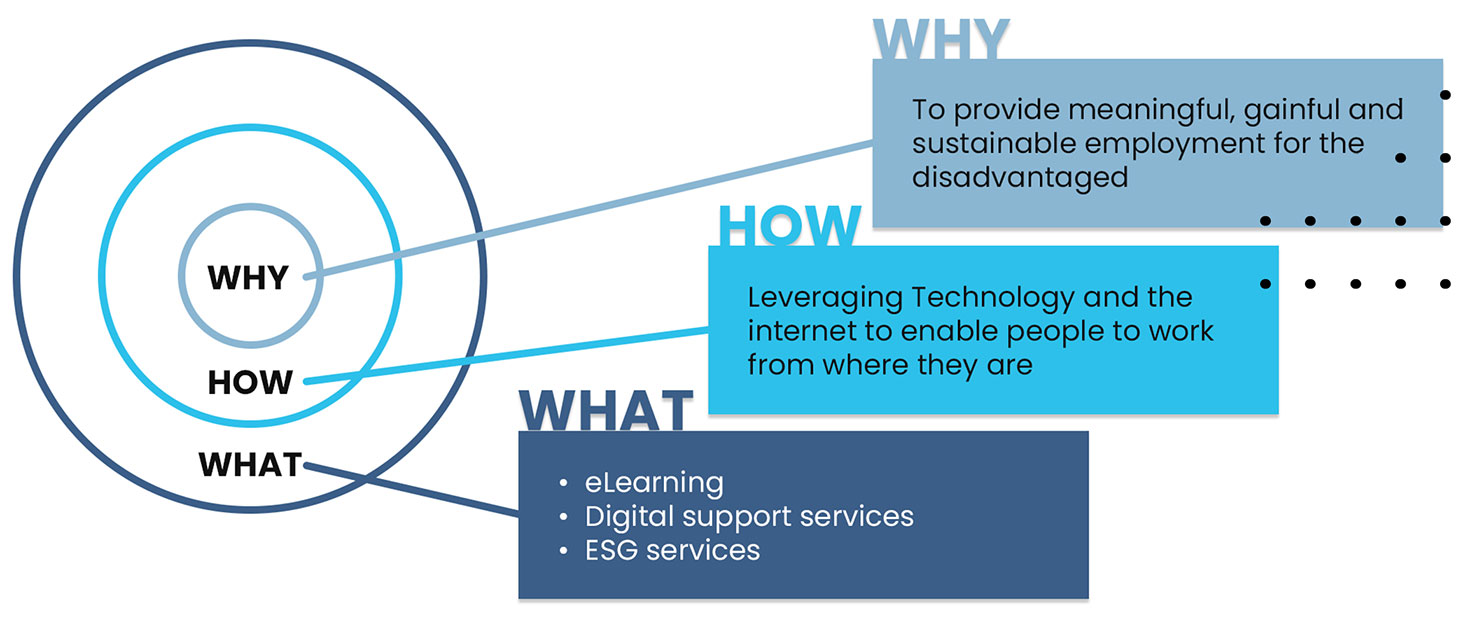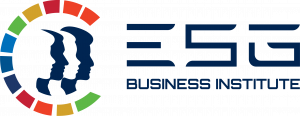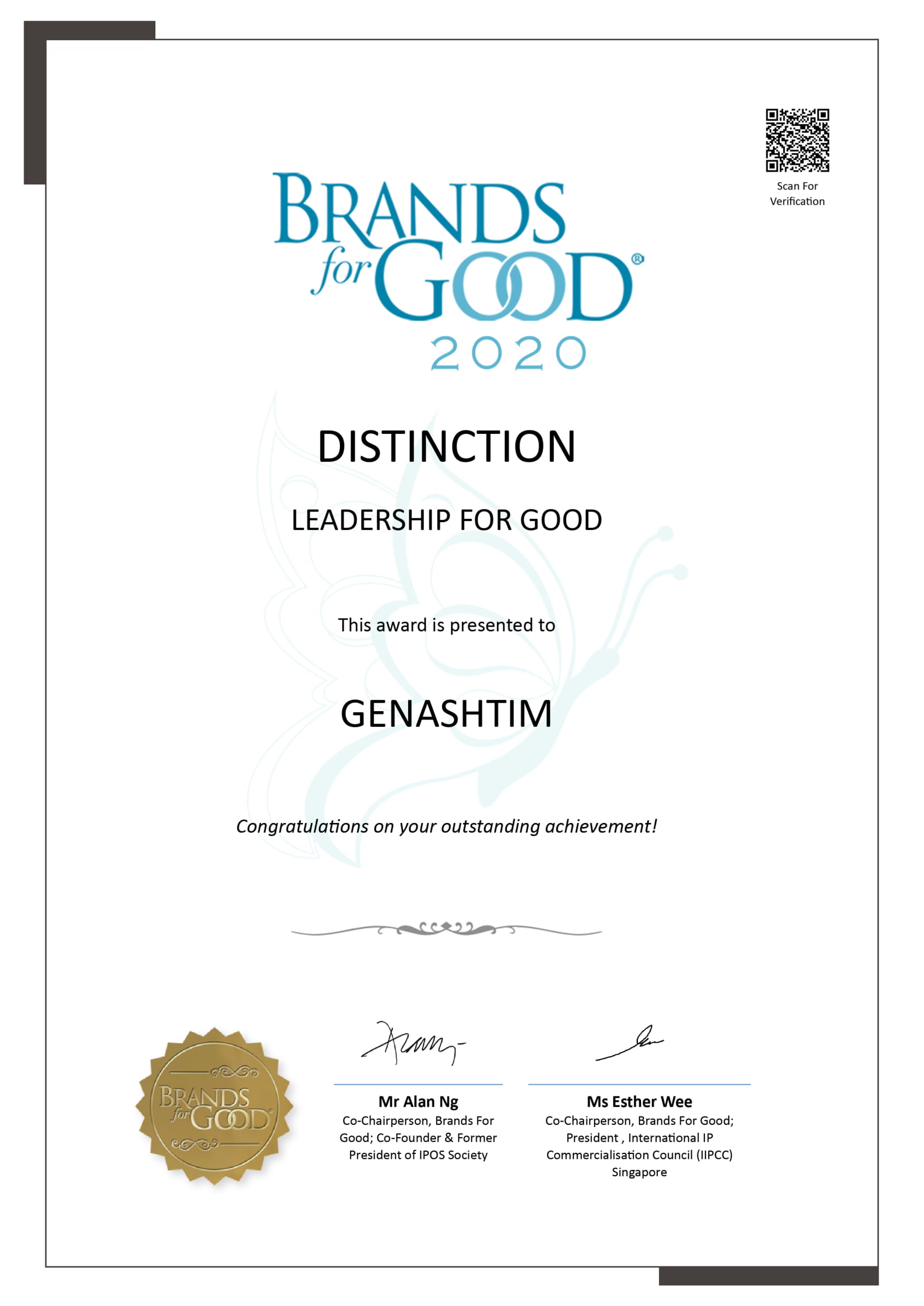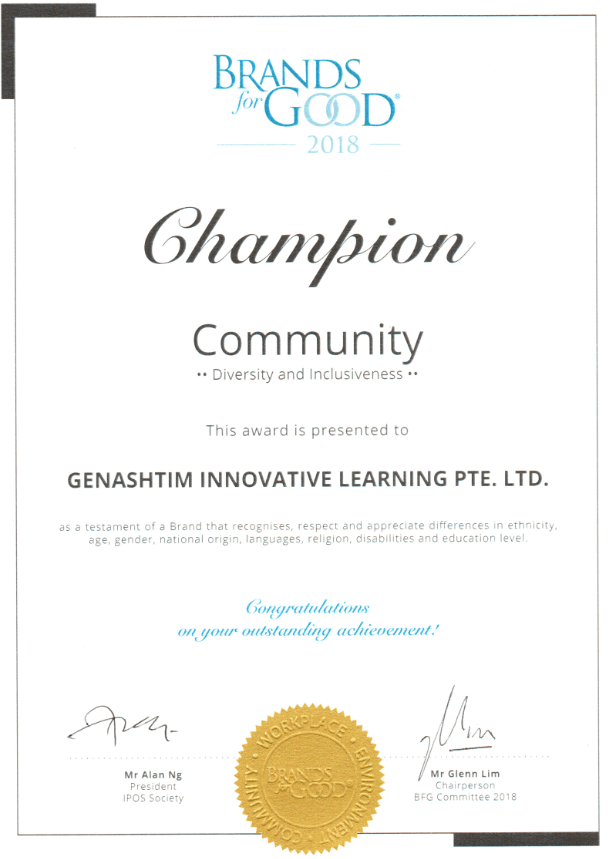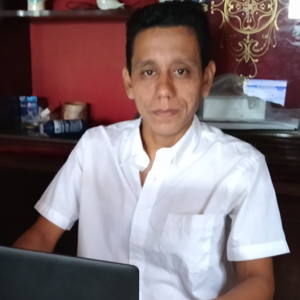Rewire Your Brain’s Dopamine Dynamics for Long-Term Benefits

Written by: Hema Krishnan
I used to finish reading a 100-page book in four days and retain most of what I’d read. But as I immersed myself in digitalism, my focus waned, and I no longer enjoyed books. What once took me four days now takes forty. Reading became a difficult, dreaded activity, while scrolling through social media felt effortless and engaging.
I succumbed—just like so many of us.
The digital revolution has reshaped not only how we work, live, and communicate, but also how our brains function. At Genashtim, a fully remote company since inception in 2008, we’ve had a front-row seat to this transformation. If you’ve ever struggled to concentrate, felt overwhelmed by simple tasks, or preferred mindless scrolling over meaningful work, you’re not alone. The culprit? Dopamine.
In an age of endless notifications and on-demand entertainment, understanding how dopamine works—and how to reset it—might be the key to finding joy in hard work again.
Why Do Analog Activities Feel So Difficult to Enjoy Now?
You know what’s good for you: reading, studying, exercising, and building something meaningful. Yet, when faced with the choice, you’d probably opt for a dopamine-heavy alternative like scrolling social media, watching Netflix, or gaming. These aren’t just bad habits—they’re symptoms of a rewired reward system.
Dopamine, often mischaracterized as the “pleasure chemical,” is actually about motivation and anticipation. It’s what pushes you to seek rewards.
The more dopamine an activity promises, the more likely you are to do it—even if the reward isn’t beneficial.
So why are we addicted to easy things and averse to effort? Because most modern digital experiences are engineered to release dopamine in high, unpredictable bursts—think slot machines, likes, or video game loot boxes. This trains your brain to seek constant stimulation and instant gratification while reducing interest in slower, more meaningful activities.
The Science: Rats, Receptors, and Rewiring
Research on rats gives us disturbing insight into dopamine’s power. In one study, rats were given the ability to self-stimulate their brain’s reward center by pressing a lever. They chose the lever over food, water, and sleep, eventually collapsing from exhaustion.
In contrast, when dopamine release was blocked in another set of rats, they lost all motivation, even to drink water or eat, unless food was placed directly in their mouths. They still liked the food—they just didn’t have the desire to act.
Now, imagine the human version of this: a person who’s constantly stimulated by digital content, then finds it nearly impossible to concentrate on a task without that instant gratification.
This happens because the brain seeks homeostasis—a balanced internal state. When dopamine spikes constantly, the brain compensates by reducing receptor sensitivity. Over time, you need more stimulation to feel the same excitement. This leads to dopamine tolerance, where high-effort tasks (like writing, learning, or exercising) feel dull and unrewarding.
Digital Overload: The New Normal
Most of us are unknowingly caught in a dopamine loop. We check our phones dozens of times an hour, seek out notifications, and reward ourselves with digital candy for doing almost nothing. The result? Burnout, distraction, and a sharp decline in our ability to enjoy or complete meaningful work.
But there is a way to reset our system—and we can start to enjoy doing hard things again.
What Is a Dopamine Detox?
A dopamine detox is a period of time during which you intentionally avoid highly stimulating activities. The goal is to let your dopamine receptors recalibrate, making low-stimulus activities feel rewarding again.
It doesn’t mean removing dopamine altogether (trust me, it’s impossible) but rather reducing artificial surges to restore balance.
What to Avoid Doing for a Day:
- Scrolling down social media
- Streaming platforms
- Playing video games
- Eating junk food
- Listening to loud music
- Internet browsing
- Anything overly stimulating or addictive
What You Can Do Instead:
- Take walks
- Meditate
- Reflect or journal (on paper)
- Organize your space
- Sit quietly and embrace boredom
Yes, it will feel uncomfortable. You might feel restless or bored. But that’s the point. Boredom is the vacuum that allows your brain to reawaken its natural curiosity and creativity.
How to Build a Healthier Dopamine Relationship
If a full detox sounds intimidating, start small. Choose one day per week to eliminate a specific high-dopamine habit, like checking your phone or binge-watching. Over time, this creates space for more meaningful activities to take root.
Another practical method? Use delayed gratification. Reserve high-dopamine activities as a reward for completing hard work. For example:
- Read 20 pages → watch one episode of your favorite show
- Finish a project → spend 30 minutes on social media
- Exercise for an hour → enjoy a treat or game
This trains your brain to associate effort with eventual pleasure, rebalancing the reward system in your favor.
Reclaiming Focus and Motivation
The benefits of dopamine detox aren’t just anecdotal. When you cut back on overstimulation, even “boring” tasks like cleaning, reading, or writing begin to feel satisfying again. You rewire your brain to appreciate small wins and build consistency—something that’s vital for remote workers, creatives, and anyone pursuing long-term goals.
At Genashtim, we encourage our team to adopt healthy digital habits, not just to boost productivity, but to foster well-being, focus, and self-discipline. As a remote-first company, we understand how easy it is to drift into distraction. But with the right mindset—and a detox plan—it’s entirely possible to reverse the effects.
Final Thoughts: Train Your Brain to Want the Hard Stuff
Dopamine isn’t the enemy. It’s a tool. The question is: where do you direct it?
In a digital world designed to hijack your attention, doing hard things won’t always feel natural. But when you start detoxing from instant gratification and reintroduce meaningful effort into your daily routine, hard work doesn’t just get easier—it becomes enjoyable.
The key is balance. And the best time to reset? Today.




































